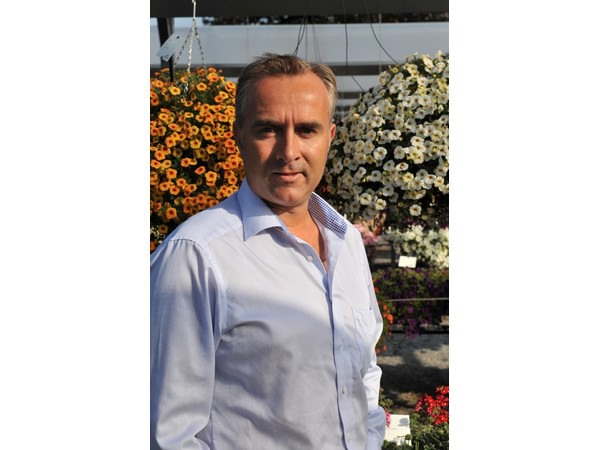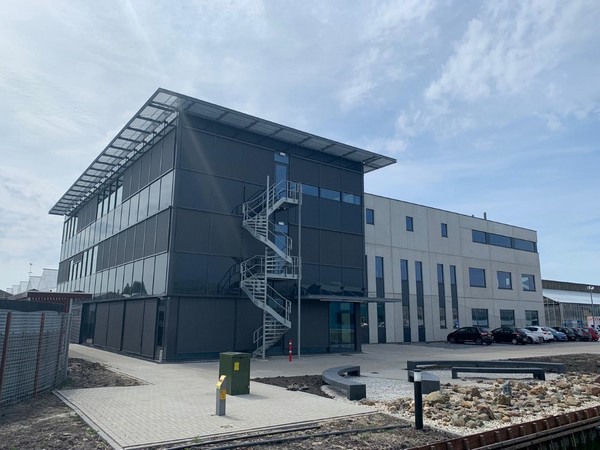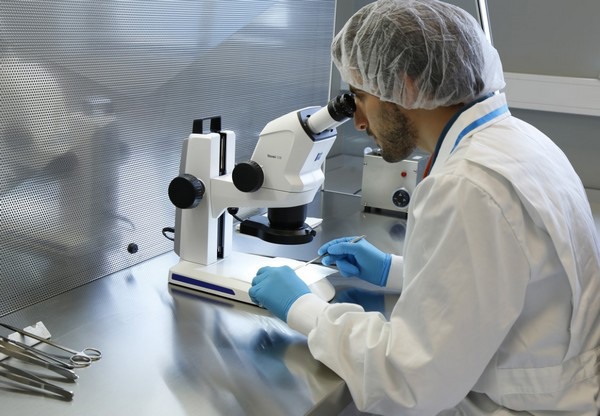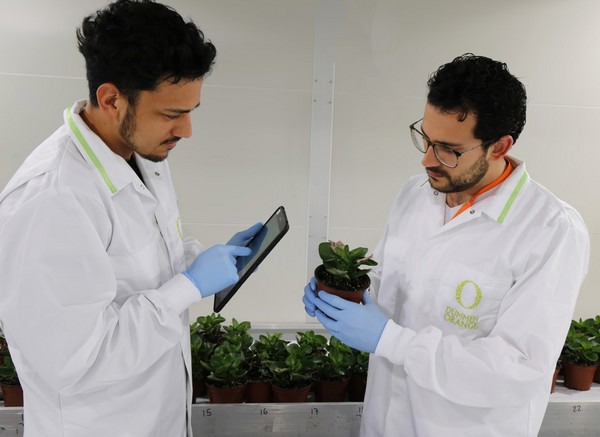Introducing next generation varieties with unique traits. That is one of the main aims Dümmen Orange tries to achieve with their new breeding Technology Center (BTC). It was officially opened earlier this month, but researchers have been busy for several months already and the first results are promising, explains Perry Wismans, Director Business Development at Dümmen Orange. "The products are currently being validated and after this process, we expect the products to be on the market within 6 months." And to label the product innovations coming from their R&D pipeline, they introduced the brand Intrinsa.

Perry Wismans
Breeding in full swing
Earlier this month, the Breeding Technology Center, which is one of the world’s largest laboratories for ornamental research, was opened virtually by Carola Schouten, the Dutch Minister of Agriculture, Nature and Food Quality (and vice Prime Minister) in a video message. At that time, work was already in full swing at the facility. "Due to the COVID-19 situation, the official opening was delayed and went virtual, but our breeders have been working on their trait and technology program for a longer period of time already." And according to Wismans, they are enthusiastic and proud of their new workplace.

Breeding Technology Center.
More environmentally sustainable products
The environmental impact of a product is becoming increasingly important, and by focusing on traits that can make a plant more resistant, less chemical crop protection products are required. And this is a major goal that Dümmen Orange wants to achieve. "We find it very important to develop products that are more 'environmentally sustainable'. Over the years, not only the availability has decreased, also the use of chemical crop protection products has become less accepted. So, by creating products that are more resistant, fewer crop protection products are needed, creating a win-win situation for the grower who saves money and the value chain where more environmentally sustainable products are requested." Beyond these resistances against biotic factors (certain bacteria, fungi, viruses and insects), also traits related to tolerance for environmental stresses (e.g. cold, heat and drought) and improvements for production performance are being identified, which in turn are extra interesting for the end consumer."

Faster breeding and selection processes
Breeding at Dümmen Orange is not just crossing and selection anymore, but it is a data-driven process. "The main difference with usual breeding is that we try to identify the invisible traits, like tolerance to viruses, diseases as well as to drought and cold. By deciphering and analyzing the genetic code of plants, we learn about the precise biological causes for existing or missing resistances. In the next step, we use and develop our knowledge on the genetic code in commercial varieties by systematically improving and extending crucial traits of a plant. In this way, deficiencies are cured from within, making use of the plant’s intrinsic and natural capabilities. The results: plants which are able to withstand a multitude of biotic and abiotic stresses. This so-called traits and technology program realizes a faster way of breeding and selection processes."

First products being validated
Currently, traits of three different crops are being validated in labs and at several growers. "Just like regular breeding, we trial the varieties first, before putting them on the market commercially." The following traits are being validated: white rust in chrysanthemums, powdery mildew in kalanchoe, and tobacco mosaic virus in petunia. "The resistance to the disease in the product will create an extra value as the product still needs to comply with all the usual characteristics, like appealing appearance, good shelf life and so on." It is expected that, after validation, the first products will be on the market in 6 months.
And these are just a few of the examples they are working on. "We have so many projects running simultaneously. We are for example also working with ralstonia in the rose. It starts with discovering the gene against ralstonia, and then it needs to be crossed into the roses the traditional way. So, it will take a little longer till this product will appear on the market."
 INTRINSA™
INTRINSA™
As the main products are being improved by the invisible traits, it is not always visible from the outside that it is a 'next generation' product. For this reason, Dümmen Orange created a brand, namely INTRINSA™. This new brand will represent all upcoming product innovations for several innovative traits and crops designed to deliver increased value-add for customers. Various traits have been identified to increase resistance for, amongst others, bacteria, virus, viral and fungal diseases.

